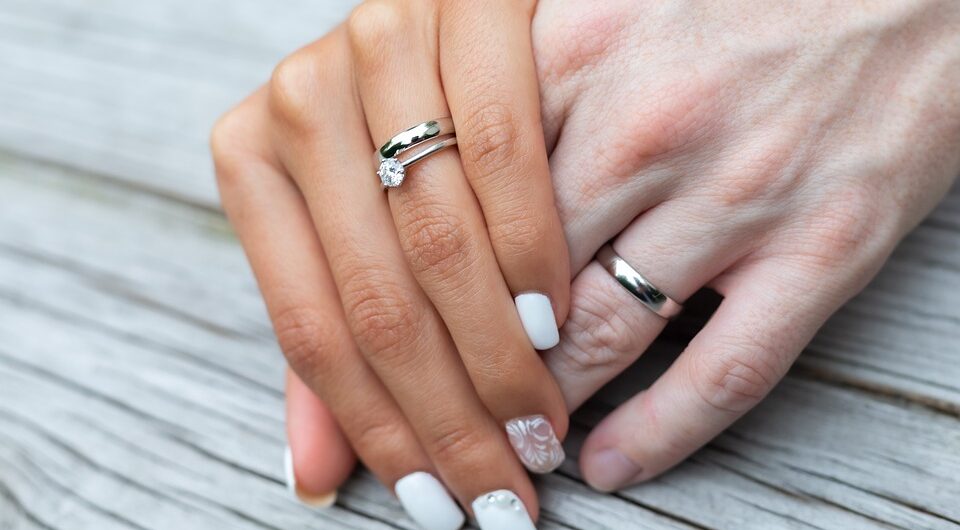When it comes to diamonds, the adjectives are all about being sparkly, shiny or twinkly – and yet those words are rather juvenile. The more impactful words applied to the rather grown-up pastime of diamond buying and grading – that means more or less the same thing – are brilliance, fire and scintillation. But what do they actually mean? Let us take a look.
Fire
Fire is a rather good term for the effect it is describing. Just as the flames of a fire are seen outside the object that is burning, so too is diamond fire seen outside of the stone itself. Think back to high school science, when your teacher showed you how a perfectly normal, and slightly boring beam of white light became a rainbow spray when it was passed through a prism. A diamond works in much the same way, but with a lot of little prisms throwing out so many sprays of rainbow light that there seems to be a rainbow flame or halo dancing about the diamond.
The technical term for this type of fire is light dispersion, which is scientific and correct but does not in any way describe the actual sight of a diamond’s fire, which is a truly beautiful spectacle. Fire is caused by the reflection and refraction of white light flooding into a diamond and being split, prism-like, within the stone before being released in its new rainbow colours to impress all those who see it!
Brilliance
A diamonds brilliance is also caused by the influx of white light into the diamond, but in the case of brilliance, there is no prismatic split into rainbow hues. Instead, the light remains white and is channelled around the diamond and released – if the diamond is properly cut – out of the top surface of the diamond, known as the table. The table is the most visible part of any diamond, and a good cut will aim to channel as much light out through the table while accepting light through every other facet. This means that more light than seems possible comes flooding out of the diamond, adding to its loveliness and sparkle.
How Scintillating!
Scintillation is an effect achieved by a combination of both types of light – white and rainbow – interacting with the cut of the diamond. The facets are designed to alternate the play of light, so at any point in time, some facets will appear dark, while the others glitter brightly. This produces a wonderful sort of contrast that actually makes the diamond’s brilliance and fire seem brighter and more twinkly than it would if it simply shone without any contrasting effects. The combination of fire and brilliance into a nicely scintillating stone means that it is very eye-catching and mesmerizing – and coincidentally, gives us an alternate meaning of the word: a dinner party or event that has gone rather well and attracted the interest and attention of all the guests is sometimes said to have been scintillating.
Fire and brilliance do not translate very well into photographic form – much like a flame throw no shadow, a camera cannot properly replicate the array of light thrown out by a diamond, so it is always best, whenever possible, to see the stone in person. But that is no real hardship – who could possibly complain about seeing a lot of beautiful diamonds in the flesh, so to speak?
Image source: 1
Latest Posts:
- Fashion And Packing Ideas For Your Next Tropical Vacation
- Packing Christmas Decorations for Public Storage
- Guide on How to Dress Up Your Wedding Attendants for a Perfect Wedding
- This Season Rock These Latest Fashion Trends
- 5 Fun Ways to Wear Sandals This Summer
- How to Dress for Unseasonably Warm Weather
- How to Accessorise for Your Holiday With Helloice Hip Hop Jewelry 2021 Newest
- 22 Terminologies to Understand Jeulia Engagement Rings and Their Hug Me Collection Better
- Dating Tips What to Wear on a First Date






Such diamonds are every woman’s dream.